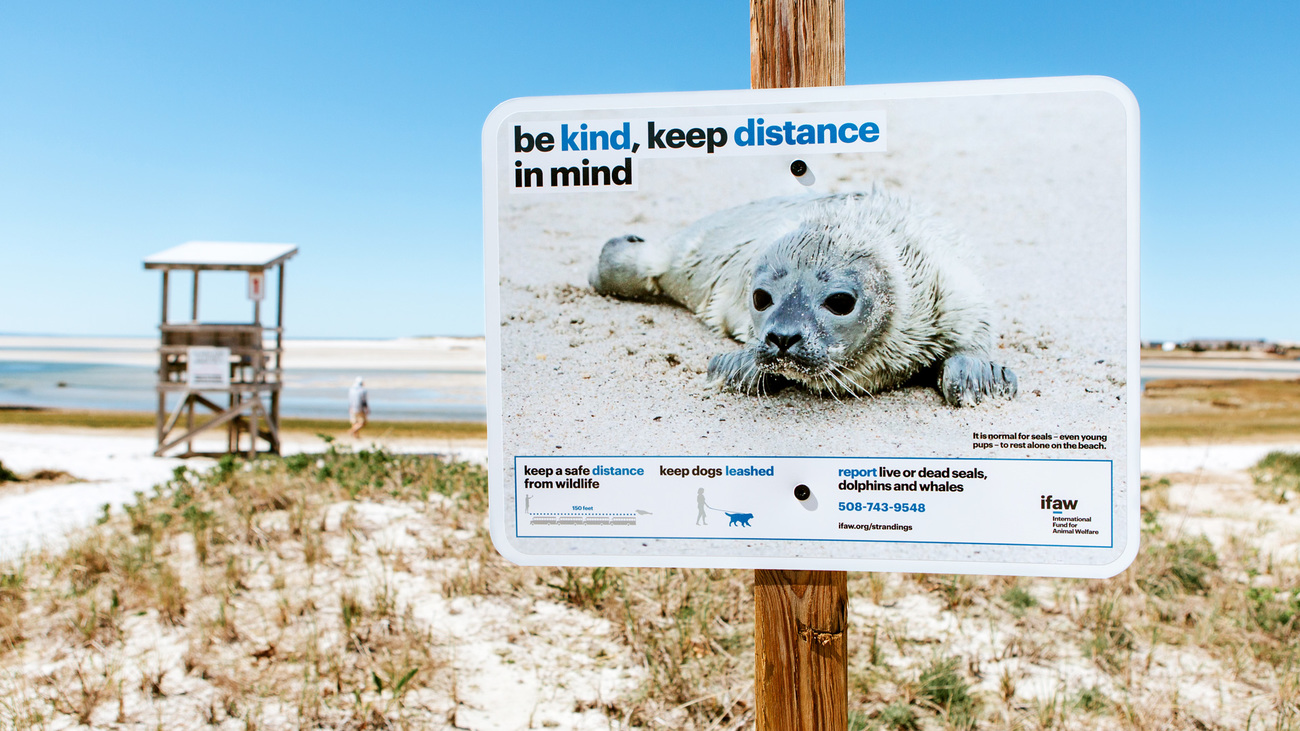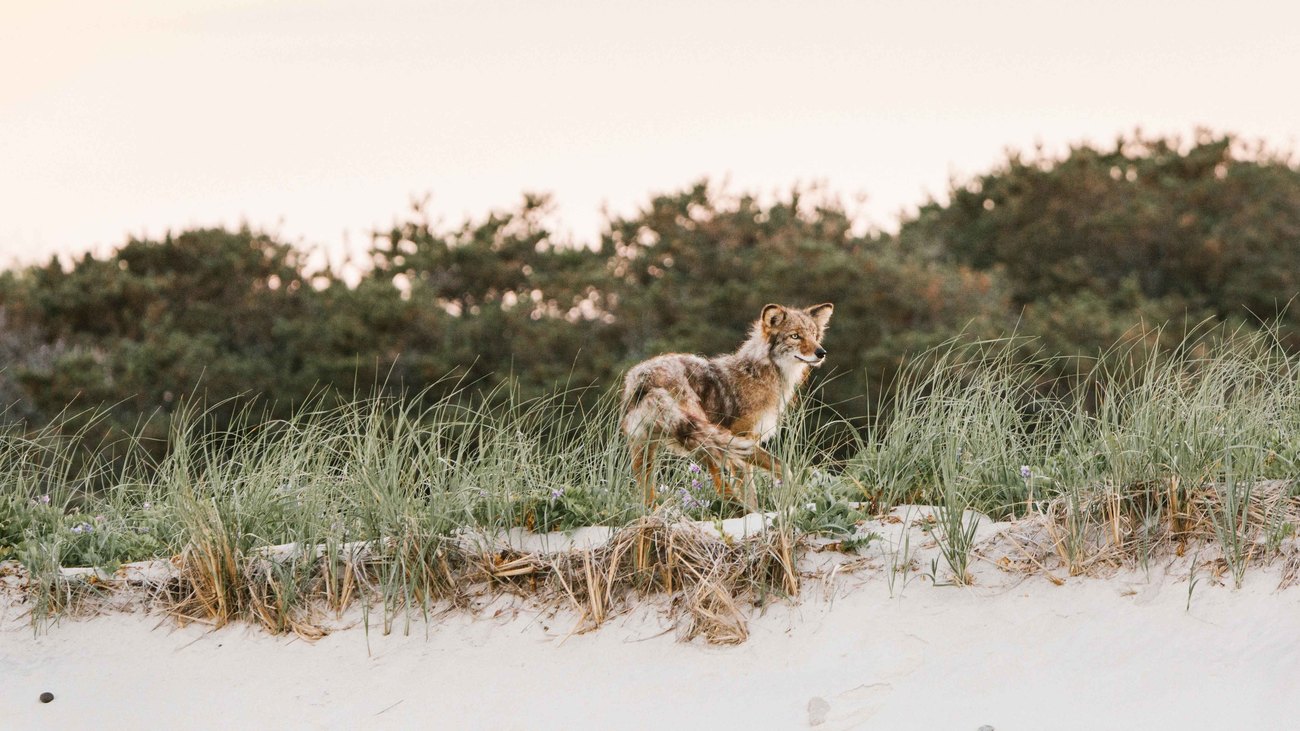Predator Coexistence - US
Coexistence is a better existence for allinspiring wildlife coexistence over conflict
inspiring wildlife coexistence over conflict
Throughout all of human history, we have lived alongside wildlife species that are both beautiful and vital to this place we call home. Across the broadest range of habitats imaginable, our human landscapes are thankfully never devoid of animals—including coyotes, wolves, bears, and even seals—all an integral part of our ecosystems and fundamental to our own concept of wellbeing.
Human society is sadly no stranger to another concept, though—the concept of conflict. No known culture exists that can genuinely claim to be free of some degree of conflict—either from the past or in its present. Whether that conflict was borne from within or resulting from some external force or interaction, it has no doubt played a role in the culture or functioning of that social community. While our concept of conflict is too often associated with that which occurs between humans, it’s important to recognize another very tangible form of conflict that is just as prevalent—the conflict that can exist between humans and wildlife when we fail to respect our non-human neighbors.
From coyotes that share residential neighborhoods with people across the country to the beavers that build dams in our waterways and the gray seals that share with beachgoers on the shores of Cape Cod, examples abound of human-animal overlap across landscapes. While such co-occurrence is mostly positive, many animals are dismissively labeled ‘nuisances’ and ultimately treated as something to be controlled—to be gotten ‘out of our way.’
At IFAW, we believe that human-wildlife coexistence is attainable and always worth pursuing. By incorporating into our daily lives simple steps to achieve peaceful and positive coexistence with native wildlife, we can correct the misperception of our wild neighbors as nuisances.

Latest coexistence initiative: seal signage
Over the past month, IFAW has distributed more than 100 eye-catching signs at beaches in 14 towns and the Cape Cod National Seashore on Cape Cod, Massachusetts, aimed at teaching visitors about local seals and encouraging them to keep a safe distance. Sign installation continues across the Cape in preparation for the current “pupping” season—when baby seals come into the world, and mothers and pups alike must be kept extra safe—which coincides with heavy tourism in the region. Seals are sometimes blamed for attracting natural predators such as sharks, and are seen by some as undesirable competition for the fishing industry (a notion which has often been disproven). Through creating greater understanding of seal behavior in their natural habitat, this simple signage educates beachgoers and encourages them to live harmoniously with this species that is so integral to the coastal ecosystem.
It is critical to acknowledge that most so-called human-wildlife 'conflicts’ result from our own misunderstanding and misbehavior. We can often develop negative perceptions that proliferate over time and are ultimately associated with the mere presence of a wild animal. Some of this begins as early as childhood stories and cartoons! But these animals are both predator and prey, helping to contribute to the health of our ecosystems.

How can we coexist?
Scientists define coexistence as a "dynamic but sustainable state in which humans and wildlife adapt to living in shared landscapes.” This last phrase—“shared landscapes”—is fundamental. It is an acknowledgement that ownership does not exist with one group or the other. With both entities—humans and animals—vying to occupy the same space at the same time, there is always an opportunity to explore coexistence.
The vast majority of animals share our land and seascape peacefully and without incident. As humans, we can choose to focus on solutions that ultimately produce simple changes. It is our own small behavior changes that will ultimately reduce so-called conflicts between humans and wildlife. We can all be mindful of our trash, keep small pets on leashes, and avoid encroaching on local wildlife habitats during the times when animals are most active, committing to respectfully view wildlife from a safe distance.
Societally, we must also adopt humane coexistence strategies, doing away with inhumane animal management tools like deadly M-44 ‘cyanide bombs’ and cruel body-gripping traps. These barbaric devices are unscientific, inhumane, and completely unnecessary.
Value science and wildlife’s environmental roles
Perhaps most fundamental of all is the need as a society and as a community to look to the science—to avoid misinterpretation, to dispel misplaced fear, and to understand the critical role each animal plays in the ecosystem. Community awareness and education is key. With virtually all so-called ‘nuisance’ species, there is decades-long accumulation of evidence that offers clear insight into the realities and value of these species in our lives. Our own human behavior is the primary driver of what we so often deem to be "conflict”.
In other words, it is our responsibility to coexist with our wild neighbors. For decades, IFAW has worked to promote this simple and transformative principle across the globe. Not only is coexistence a critical part of our work, more fundamentally, it is the key to ensure that we can thrive together on this shared planet.
Related content
Our work can’t get done without you. Please give what you can to help animals thrive.